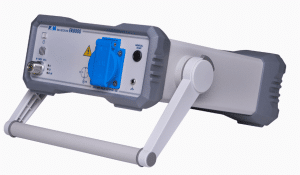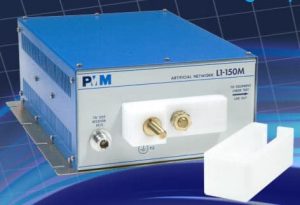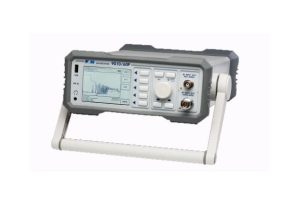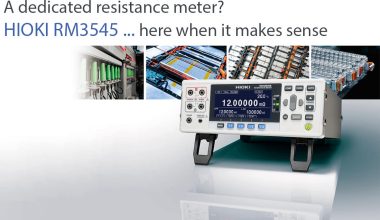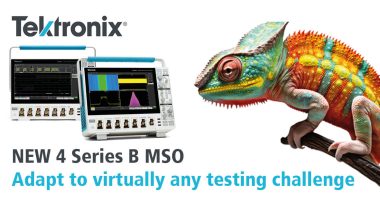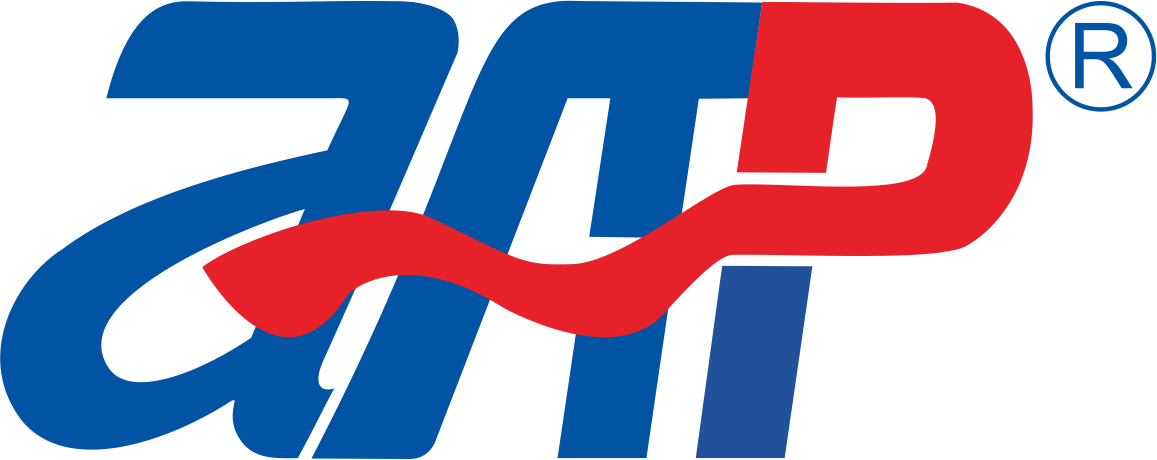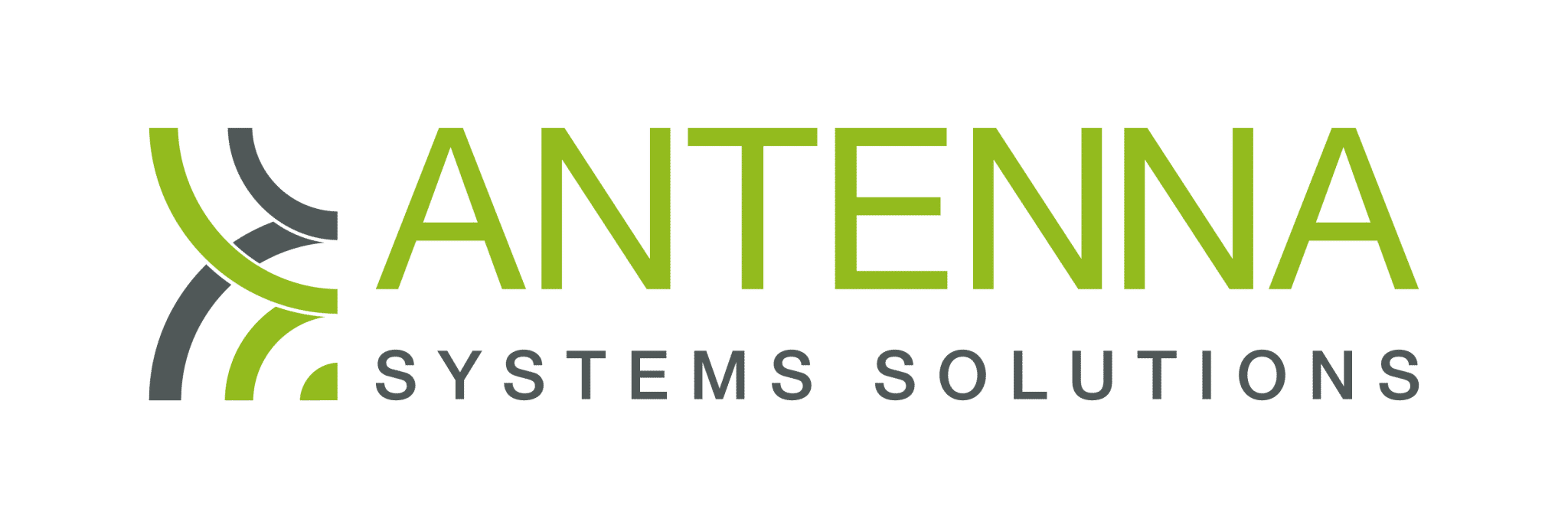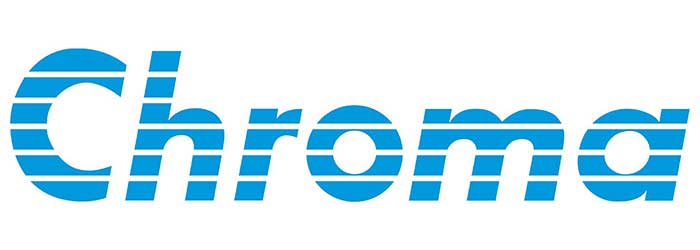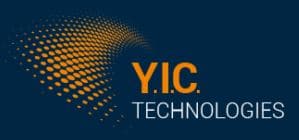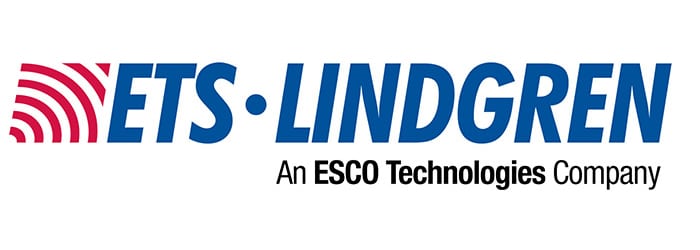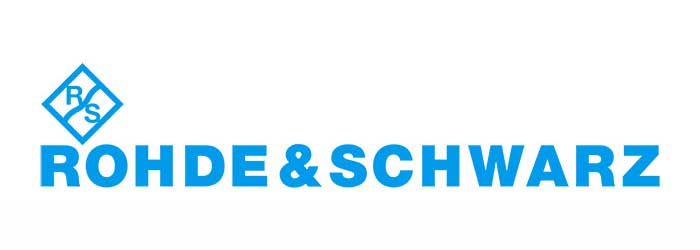Table of Contents
CISPR 16 Summary
CISPR stands for “Comité International Spécial des Perturbations Radioélectriques” or the International Special Committee on Radio Interference. It is an organization that develops international standards related to electromagnetic compatibility (EMC) and radio frequency interference (RFI).
The standard sets limits for the electromagnetic radiation emitted by equipment and also specifies the levels of electromagnetic radiation that equipment should be able to withstand without malfunctioning or degrading performance. It covers a wide range of frequencies, from 9 kHz to 18 GHz, and includes both conducted and radiated emissions and immunity.
CISPR 16 parts
CISPR 16-1-1 (2019): Measuring apparatus
CISPR 16-1-1 (2019) outlines requirements for designing, performing, and calibrating measuring apparatus used in EMC testing, including spectrum analyzers, antennas, and other measurement instruments. The standard provides guidance to ensure that the technical requirements for accurate and reliable EMC measurements are met.
The standard covers several topics related to the performance of measuring apparatus, such as the frequency range of operation, the dynamic range, accuracy, and stability of the measurement over time. It also specifies requirements for calibration of the measuring apparatus, ensuring traceability of measurement results to national or international standards.
CISPR 16-1-1 (2019) includes detailed requirements for various types of measuring apparatus. For instance, it specifies requirements for antennas used in EMC measurements, including frequency range of operation, polarization characteristics, and gain and pattern of the antenna. The standard also outlines requirements for spectrum analyzers and other EMC test equipment, such as the frequency range of operation, resolution bandwidth, and dynamic range.
CISPR 16-1-3 (2020): Ancillary equipment - Disturbance power
During the EMC testing process, it is common to use ancillary equipment such as cables, connectors, couplers, and other devices to connect the equipment under test (EUT) to the measurement instruments. However, these ancillary devices can create their own electromagnetic disturbances that can interfere with the EMC measurements if not properly characterized and controlled.
To address this issue, CISPR 16-1-3 (2020) specifies requirements for the measurement of disturbance power of ancillary equipment in terms of the radiated emissions and the conducted emissions produced by the equipment. The standard provides guidance on the test methods and equipment required for measuring disturbance power, including the use of spectrum analyzers, directional couplers, and other measurement devices.
In addition, the standard includes requirements for the reporting of disturbance power data, such as the frequency range of operation, the level of disturbance power, and the measurement uncertainty associated with the measurement. The standard also specifies the format of the disturbance power report, including the measurement conditions and the measurement setup used to conduct the test.
CISPR 16-1-5 (2016): Antenna calibration sites and reference test sites for 5 MHz to 18 GHz
The standard specifies requirements for the selection and characterization of calibration sites and reference test sites, including the evaluation of the site’s electromagnetic environment, the evaluation of the background noise level, and the measurement of the site’s reflection coefficient. The standard specifies the equipment and procedures required to perform these measurements.
CISPR 16-1-5 (2016) also includes requirements for the performance characteristics of the calibration site and reference test site, including the characteristics of the ground plane, the shielding effectiveness, the site attenuation, and the uniformity of the site. The standard provides guidance on the use of calibration factors to correct for the site’s response in EMC measurements.
The standard also provides guidance on the use of anechoic chambers and open area test sites (OATS) for antenna calibration and reference testing, including the selection of the appropriate site for a given calibration or reference test, the preparation of the site for testing, and the measurement of the site’s performance characteristics.
CISPR 16-1-5 (2016) also includes requirements for the reporting of calibration site and reference test site data, including the frequency range of operation, the polarization characteristics, and the performance characteristics of the site. The standard specifies the format of the calibration and reference test site report, including the calibration or reference test factor data and the measurement uncertainty associated with the site.
CISPR 16-1-2 (2014+2017): Coupling devices for conducted disturbance measurements
CISPR 16-1-2 (2014+2017) provides a comprehensive methodology for the calibration of antennas used for EMC measurements, including the calibration of the frequency response, polarization response, and gain and pattern of the antenna. The standard also provides guidance on the use of calibration factors to correct for the antenna response in EMC measurements.
To ensure accurate and reliable calibration, the standard specifies the requirements for the calibration equipment used in the process, including the calibration sources and reference antennas. Calibration techniques covered by the standard include the use of anechoic chambers, open area test sites (OATS), and other methods.
In addition to calibration procedures, the standard also includes requirements for reporting antenna calibration data. This includes information such as the frequency range of operation, the polarization characteristics, and the gain and pattern of the antenna. The standard specifies the format of the calibration report, which should include calibration factor data and the measurement uncertainty associated with the calibration.
CISPR 16-1-4 (2020): Antennas and test sites for radiated disturbance measurements
CISPR 16-1-4 (2020) specifies requirements for characterizing antennas and test sites used in EMC testing. This includes calibration of frequency response, polarization response, gain, and pattern of the antenna. It also guides the use of calibration factors to correct antenna response in EMC measurements.
The standard also outlines requirements for measuring the characteristics of the test site, including evaluating the electromagnetic environment, measuring background noise level, and assessing the site’s reflection coefficient. Equipment and procedures are specified to perform these measurements.
In addition, the standard offers guidance on using anechoic chambers and open area test sites (OATS) for radiated disturbance measurements. It covers selecting an appropriate site, preparing it for testing, and measuring its performance characteristics.
CISPR 16-1-4 (2020) specifies requirements for reporting antenna and test site characterization data, such as frequency range of operation, polarization characteristics, and gain and pattern of the antenna. The standard specifies the format of the characterization report, including calibration factor data and measurement uncertainty associated with the characterization.
CISPR 16-1-6 (2019): EMC antenna calibration
The standard specifies requirements for the calibration of antennas used in EMC testing, including the calibration of the frequency response, the polarization response, and the gain and pattern of the antenna. The standard provides guidance on the use of calibration factors to correct for the antenna response in EMC measurements.
CISPR 16-1-6 (2019) also includes requirements for the measurement of the characteristics of the calibration site, including the evaluation of the site’s electromagnetic environment, the evaluation of the background noise level, and the measurement of the site’s reflection coefficient. The standard specifies the equipment and procedures required to perform these measurements.
The standard also provides guidance on the use of anechoic chambers and open area test sites (OATS) for antenna calibration, including the selection of the appropriate site for a given calibration, the preparation of the site for testing, and the measurement of the site’s performance characteristics.
CISPR 16-1-6 (2019) also includes requirements for the reporting of antenna calibration data, including the frequency range of operation, the polarization characteristics, and the gain and pattern of the antenna. The standard specifies the format of the calibration report, including the calibration factor data and the measurement uncertainty associated with the calibration.
CISPR 16-2-1 (2017): Conducted disturbance measurements
CISPR 16-2-1 (2017) is focused on the measurement of conducted disturbances, which are electromagnetic phenomena that occur as currents and voltages on conductive paths, such as power lines, signal cables, and control lines. The standard is intended to provide a consistent and reproducible measurement method for conducted disturbances, which can be used to assess the EMC performance of electrical and electronic equipment.
The standard specifies the use of coupling and decoupling networks, which are devices used to establish the coupling between the test equipment and the equipment under test (EUT). The standard also defines the test setup, including the placement of the EUT and the measurement instrumentation.
CISPR 16-2-1 (2017) includes several different measurement procedures, depending on the type of disturbance being measured. These procedures are designed to measure the conducted emissions from the EUT, as well as the conducted susceptibility of the EUT to external disturbances.
CISPR 16-2-3 (2019): Radiated disturbance measurements
CISPR 16-2-3 (2019) is a technical standard that provides a framework for measuring the radiated electromagnetic emissions from electronic and electrical equipment. The standard is designed to help ensure that these emissions do not interfere with other equipment or cause harmful effects to people or the environment.
The standard defines a set of test methods, including the instrumentation and procedures necessary for measuring radiated emissions in the frequency range of 9 kHz to 18 GHz. This frequency range is relevant for many electronic and electrical devices, including computers, mobile phones, household appliances, and automotive equipment.
The measurement setup involves placing the equipment under test (EUT) in an electromagnetic anechoic chamber, which minimizes reflections of the electromagnetic waves. The EUT is then stimulated with various test signals, and the resulting emissions are measured using specialized equipment such as antennas and spectrum analyzers.
The standard also provides guidance on test site validation, which involves verifying that the chamber and surrounding environment meet certain performance criteria. Additionally, the standard includes procedures for antenna calibration, which ensures accurate measurements by calibrating the test antennas used in the measurement setup.
Overall, CISPR 16-2-3 (2019) is an important standard that helps to ensure that electronic and electrical equipment operates without causing or suffering from electromagnetic interference, thereby promoting safety, reliability, and efficiency.
CISPR 16-2-2 (2010): Measurement of disturbance power
CISPR 16-2-2 standard provides a comprehensive set of requirements and guidelines for measuring disturbance power generated by electrical and electronic equipment in the frequency range of 9 kHz to 400 GHz. This includes equipment that generates disturbances on power and signal lines, which are measured using various types of coupling and decoupling networks.
The standard includes a range of test procedures for measuring different types of disturbances, including continuous wave (CW) disturbances, broadband and narrowband disturbances, and pulse disturbances. The measurement methods and equipment requirements are specified in detail, including the use of calibrated antennas and measuring receivers, as well as the measurement setups and test conditions.
CISPR 16-2-2 also provides guidance on the calibration of measuring receivers used for disturbance power measurements. The standard includes a detailed description of the calibration procedures for measuring receivers, which are essential to ensure accurate and repeatable measurements.
In addition to providing measurement procedures, CISPR 16-2-2 also specifies the limits of disturbance power that are acceptable for different types of equipment. These limits are designed to ensure that electrical and electronic equipment does not cause harmful interference to other devices or systems.
CISPR 16-2-4 (2018): Measurement instrumentation uncertainty
CISPR 16-2-4 (2018) is a technical standard that provides guidelines for estimating and reporting the measurement instrumentation uncertainty associated with electromagnetic compatibility (EMC) measurements. Measurement instrumentation uncertainty refers to the degree of doubt that exists in a measurement result due to the imperfections in the measurement equipment, the test environment, or the measurement procedures.
EMC test equipment, such as spectrum analyzers, antennas, and other measurement instruments used for radiated and conducted emissions and immunity testing, can introduce uncertainties into the measurement results. These uncertainties can be caused by a variety of factors, including noise, calibration errors, and the performance of the EUT itself. It is important to understand and quantify these uncertainties in order to accurately interpret the measurement results and assess compliance with relevant EMC standards and regulations.
CISPR 16-2-4 (2018) provides guidelines for estimating and reporting measurement uncertainties, including the use of uncertainty budgets to identify the major sources of measurement uncertainty and quantify their contributions. The standard also provides guidance on the application of statistical methods, such as the “Guide to the Expression of Uncertainty in Measurement” (GUM), to estimate measurement uncertainties.
MORE FROM THE MEDIA HUB
February 2, 2024
Future Propulsion Conference 2024
READ MOREJanuary 15, 2024
A dedicated resistance meter? Here is when it makes sense…
READ MOREDecember 4, 2023

